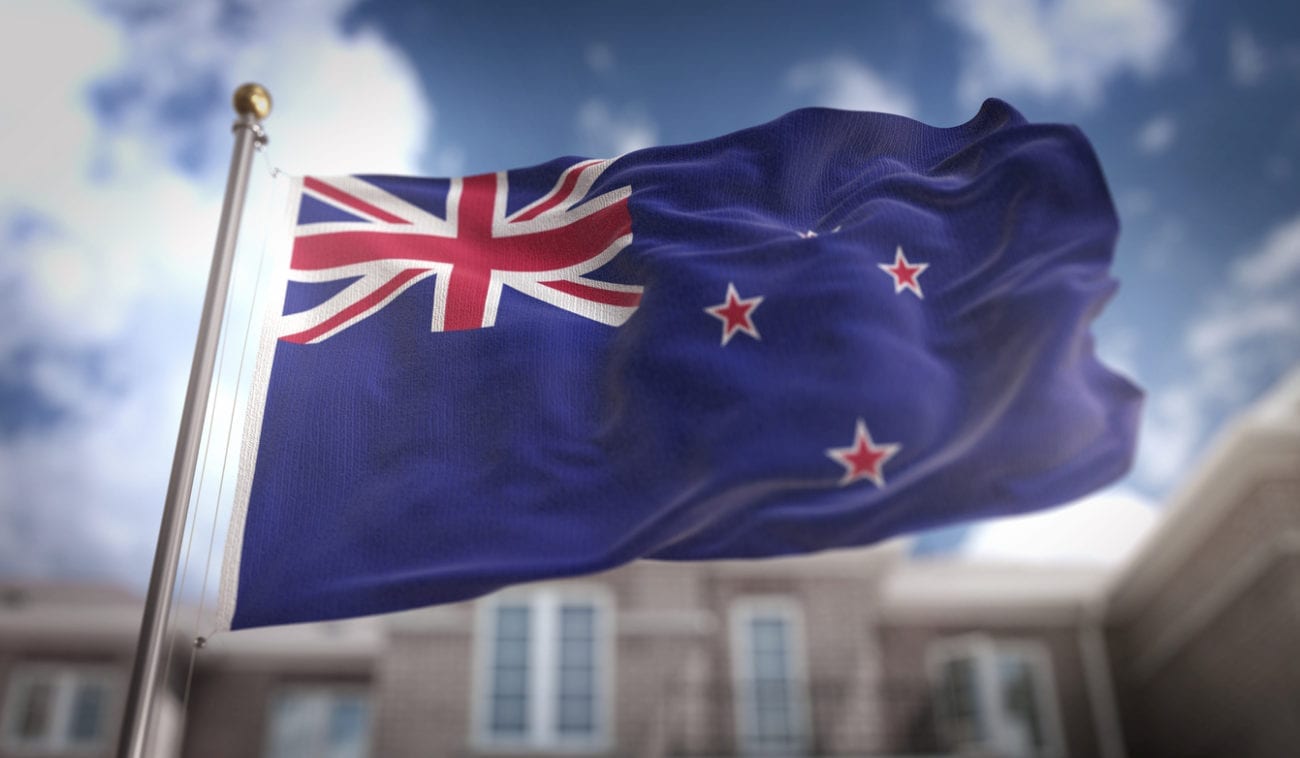Strong digital growth helps Lotto NZ beat FY projections

Sales for the year to 30 June rose 17.0% to $1.38bn, beating the lottery’s target by 12.2%.
Lotto, Powerball and Strike sales amounted to $1.17bn, up 23.0% on 2018-19, which Lotto NZ put down to higher sales activity driven by two high Powerball jackpots during the year.
However, Instant Kiwi sales were down 4.4% to $166.2m, due to reduced retail trading as a result of the Covid-19 crisis, while other sales were also hit by the pandemic, with sales for Keno, Bullseye and Play3 down 3.0% to $49.3m.
“We have continued to drive demand for our games in order to deliver positive results in the short term,” Lotto NZ said. “This is reflected in the strong financial sales performance experienced during the year, despite the impact of the Covid-19 Alert Level 4 lockdown on retail sales.”
Despite the retail shut-down, the channel remained Lotto NZ’s main source of income in 2019-20, with total sales reaching $953.8m, up 0.6% on last year, but below its target of $984.4m as a result of Covid-19 restrictions closing retail outlets.
Digital sales amounted to $430.6m, an increase of 89.2% on last year and some way ahead of the $270.2m target, as Lotto NZ’s platforms saw more traffic as a result of retail closure enforced by Covid-19.
“While many players returned to playing in retail after the lockdown, we saw a large proportion continue to engage with us through both channels reflecting the importance of an omni-channel approach,” Lotto NZ said.
“This has delivered performance that is significantly ahead of both MyLotto sales and player targets for the year.”
Revenue for the year – after goods and services tax – amounted to NZ$1.31bn (£672.1m/€742.3m/US$871.3m), up 12.9% on the previous year and ahead of Lotto NZ’s $1.19bn projection for the period.
Cost of sales climbed by 15.6% year-on-year to $907.5m, leaving Lotto NZ with a gross profit of $404.1m, up 20.1% on last year.
Looking at outgoings for the year, total expenses edged up 1.7% to $70.6m, though spending was reduced in some areas, including marketing and retail support, where costs were cut by 16.6% to $20.6m.
Gaming system expenses, excluding depreciation, was cut from $7.5m to $7.2m, but intangible asset amortisation was 3.3% higher at $3.1m. Property, plant and equipment depreciation charges climbed 29.6% to $7.0m, and employee remuneration increased 20.6% to $19.9m.
Profit before distributions to the NZ Lottery Grants Board amounted to $333.5m, up 27.7% on the previous year, with Lotto NZ paying $313.4m to the Board in 2019-19.
As a result, this left Lotto NZ with a $20.1m profit for the year, having not been able to post a profit in the previous 12-month period.
Confirmation of growth in 2019-20 comes after Lotto NZ in July warned of an possible decline in sales in 2020-21, having taken what it described as a “conservative” approach to setting out its expectations for the year due to uncertainty over the long-term impact of Covid-19.
Sales are expected to amount to NZ$1.23bn in the coming year, which would be 6.1% lower than 2019-29, while the amount to be paid to the Lottery Grants Board is set to be around 10.7% lower at $280.0m.
